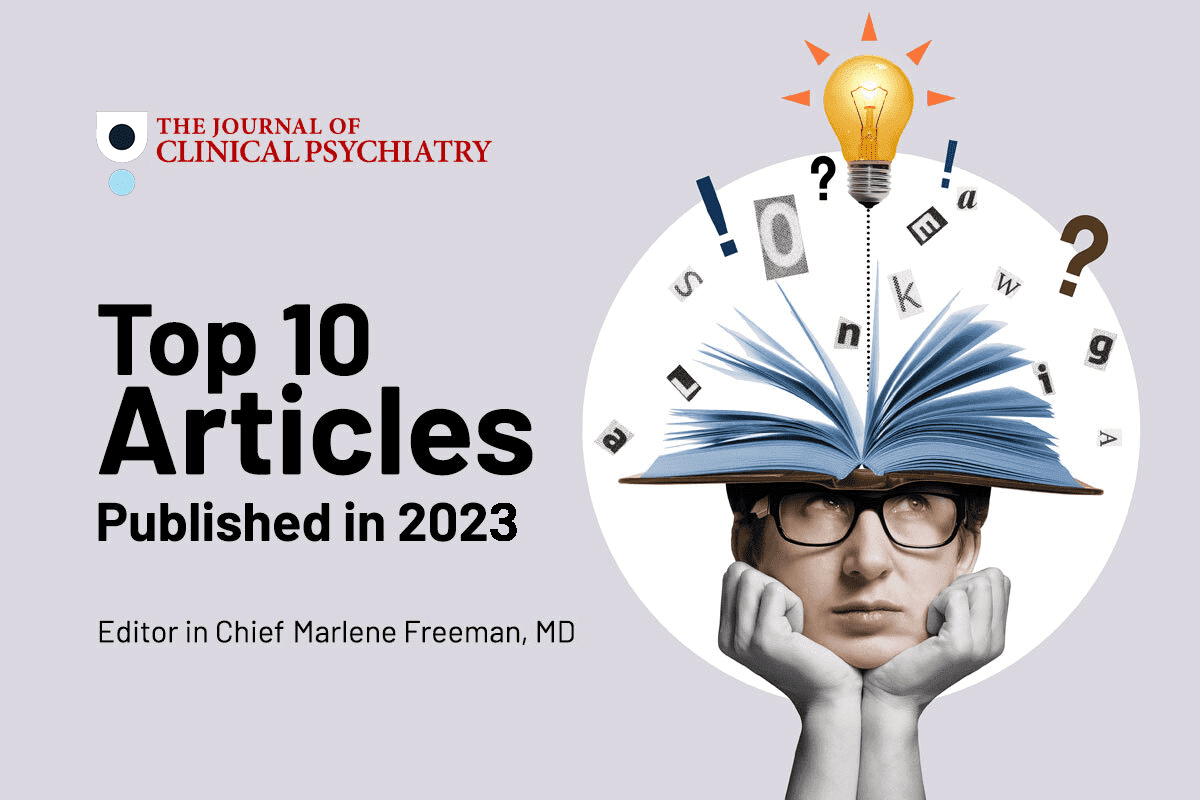A new drug could offer hope to people with migraine headache who don’t respond well to other medications.
The drug atogepant prevented migraine for patients who have had no success with other preventive drugs, according to the preliminary evidence presented at the American Academy of Neurology’s 75th Annual Meeting in Boston.
Atogepant belongs in a relatively new class of drugs known as CGRP antagonists. They inhibit the calcitonin gene-related peptide receptor in the sensory nerves, a molecule believed to play a key role in migraine pathophysiology. In previous trials, this type of medication reduced frequency, severity, and duration of episodes.
The study followed 309 people who reported at least four migraine days during the month leading up to the study. Participants had unsuccessfully tried at least two other classes of drugs for prevention. Of those, 44 percent had previously taken three or more classes of preventive drugs with no relief.
Circadian Rhythms Bring on Headache Blues
Association Between Computer Vision Syndrome, Insomnia, and Migraine
The half of the participants who took 60 milligrams of atogepant once a day averaged four fewer migraine days per month versus two fewer for the placebo group. Those who were given the drug took other medications less often to stop an attack. They were also more likely to achieve a 50 percent or higher reduction in sick days per month.
“These results are exciting, as migraine can be debilitating, and this treatment led to fewer days with migraine for people who had already tried up to four other types of drugs to prevent migraine and either had no improvement or had side effects that outweighed any benefits,” study author, Patricia Pozo-Rosich, MD, PhD, at Vall d’Hebron University Hospital in Barcelona, Spain, said in a press release.
Some caveats:
- The drug did cause some side effects.
- About 10 percent of the participants given the drug developed constipation.
- Another 7 percent reported some nausea.
- The 3-month duration of the study, supported by drugmaker AbbVie, was too short to evaluate the long-term efficacy and safety.
- The study has not yet undergone peer review.
Cost is another concern. Patients without insurance will pay more than $1,000 for a one-month supply. Although the FDA recently approved a 60-milligram dose for episodic and chronic migraine, some potential patients already report difficulty getting the drugs covered.
Despite these challenges, the study’s authors said atogepant could be a game changer, especially for those who have been unable to find something that works.
“People who thought they may not find a way to prevent and treat their migraines may have hope of finding relief with a tolerable oral easy-to-use drug,” Pozo-Rosich said. “This treatment was safe, well-tolerated and effective for people with difficult-to-treat migraine.”


